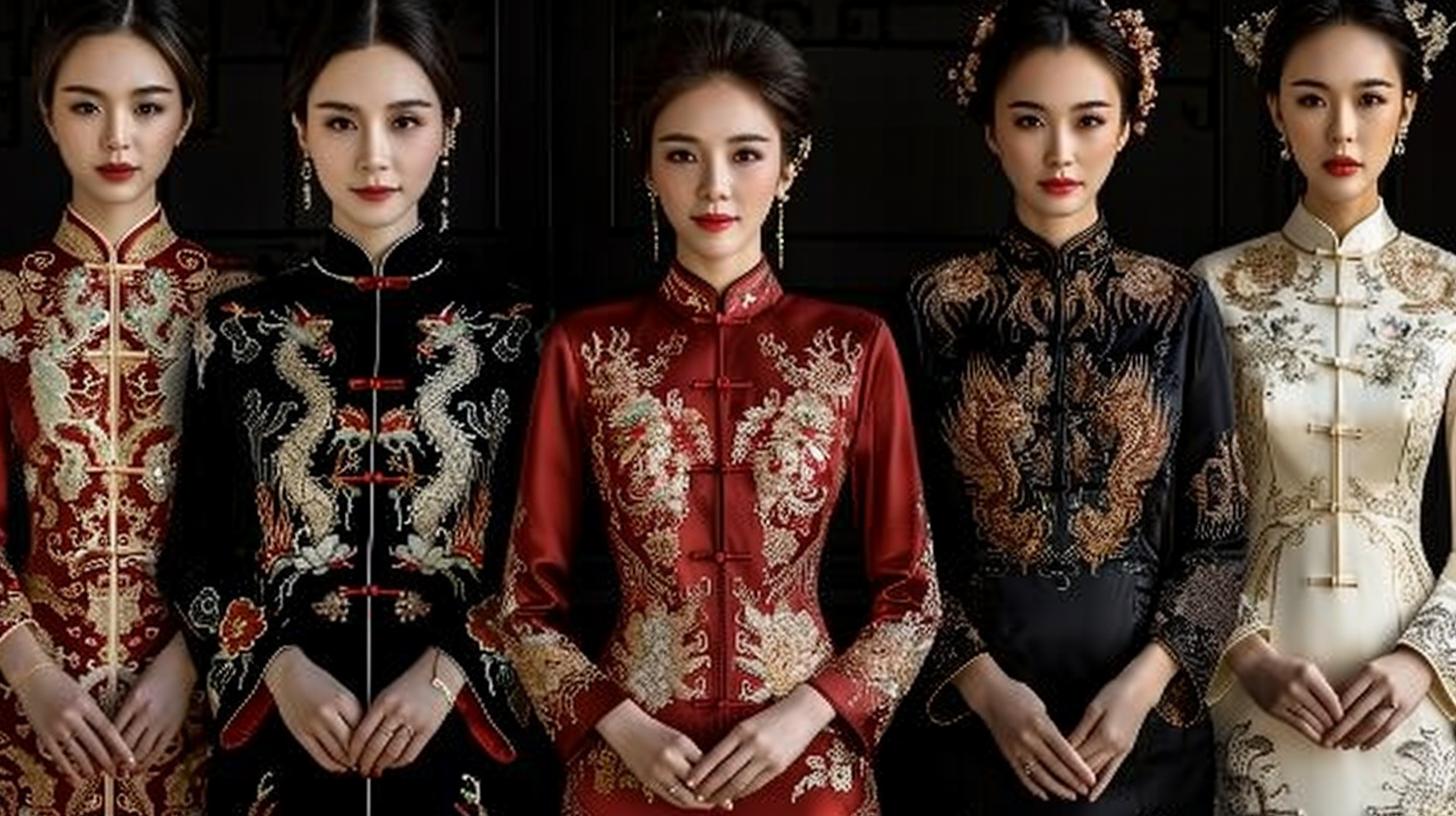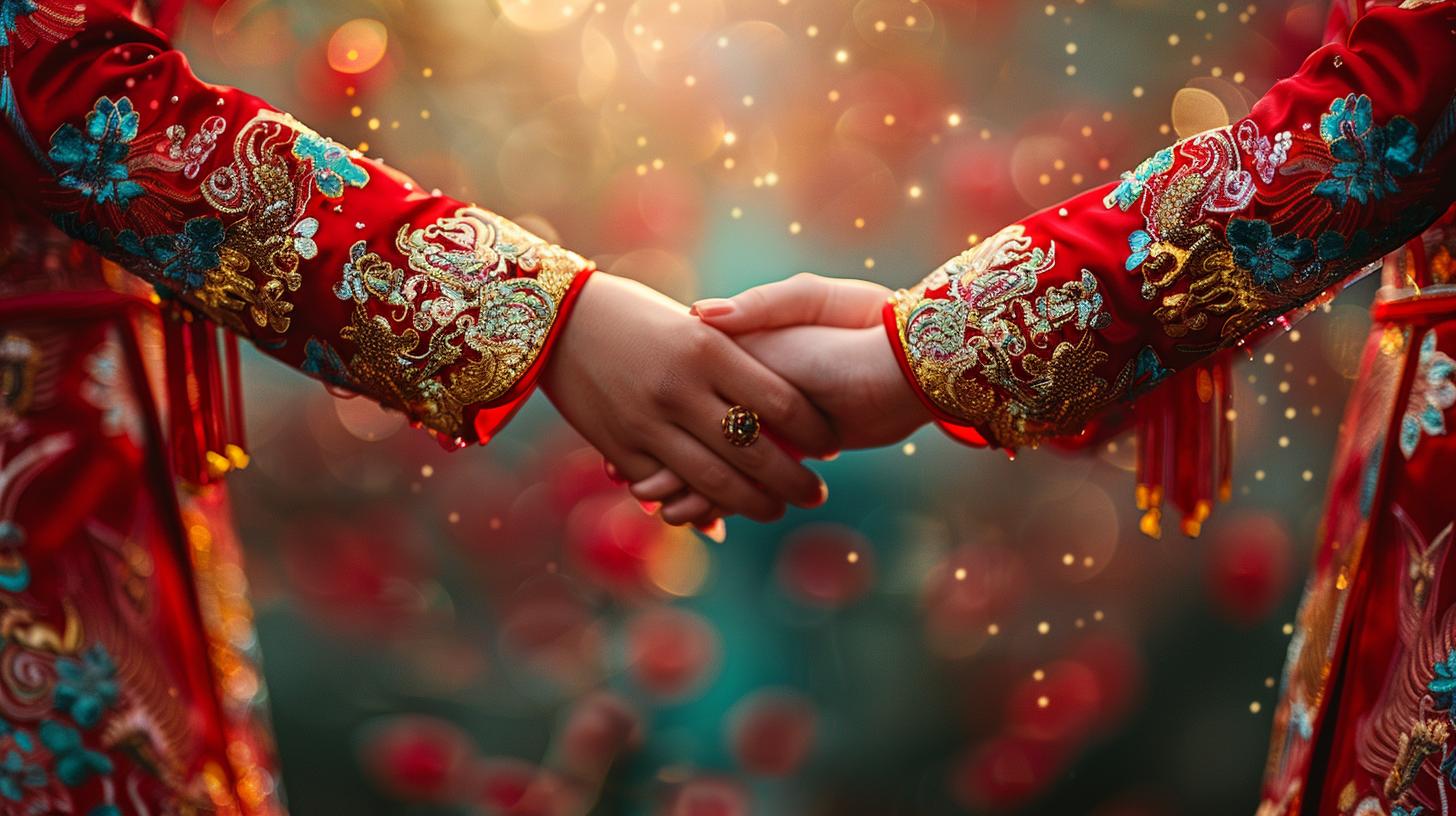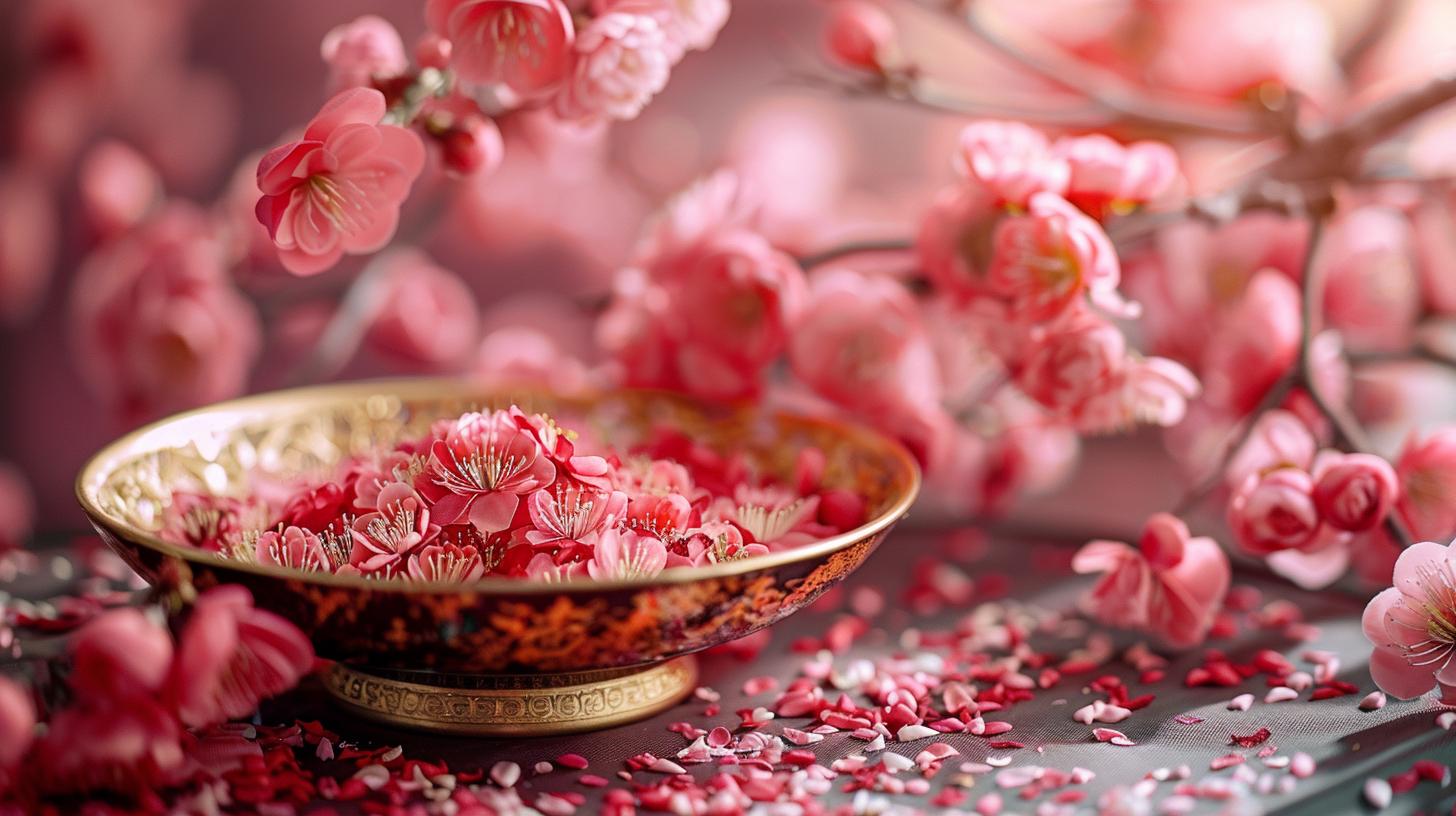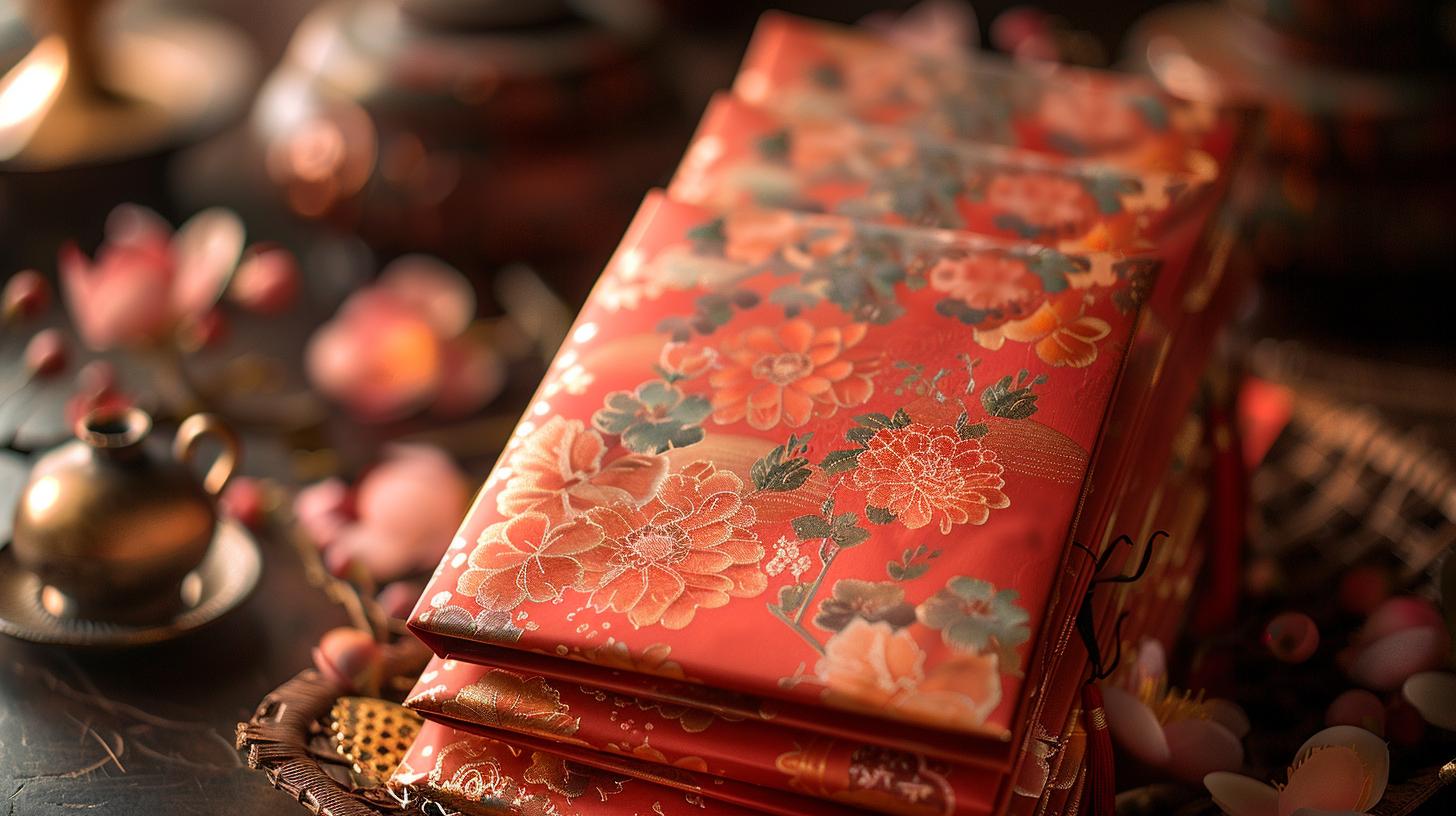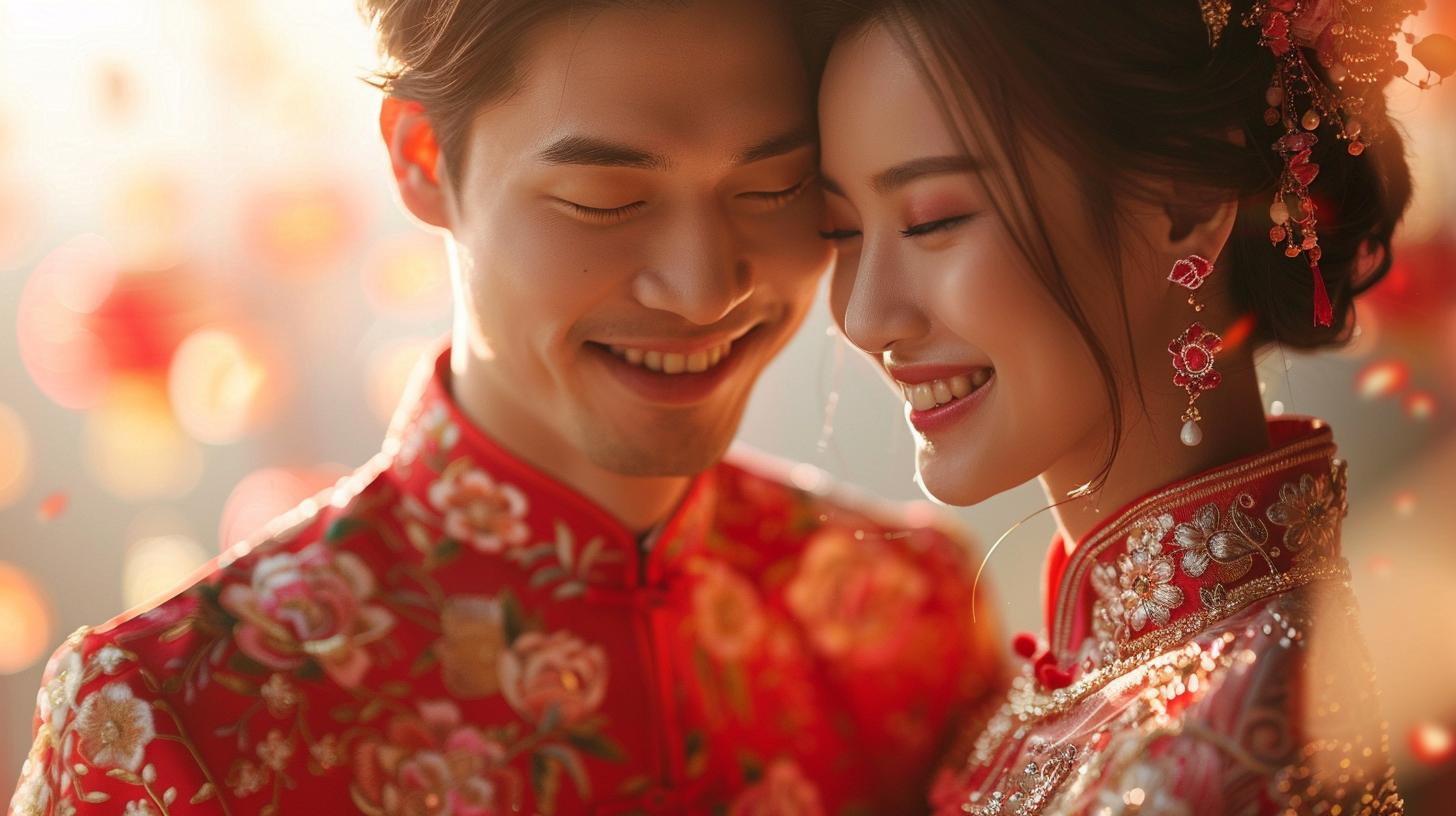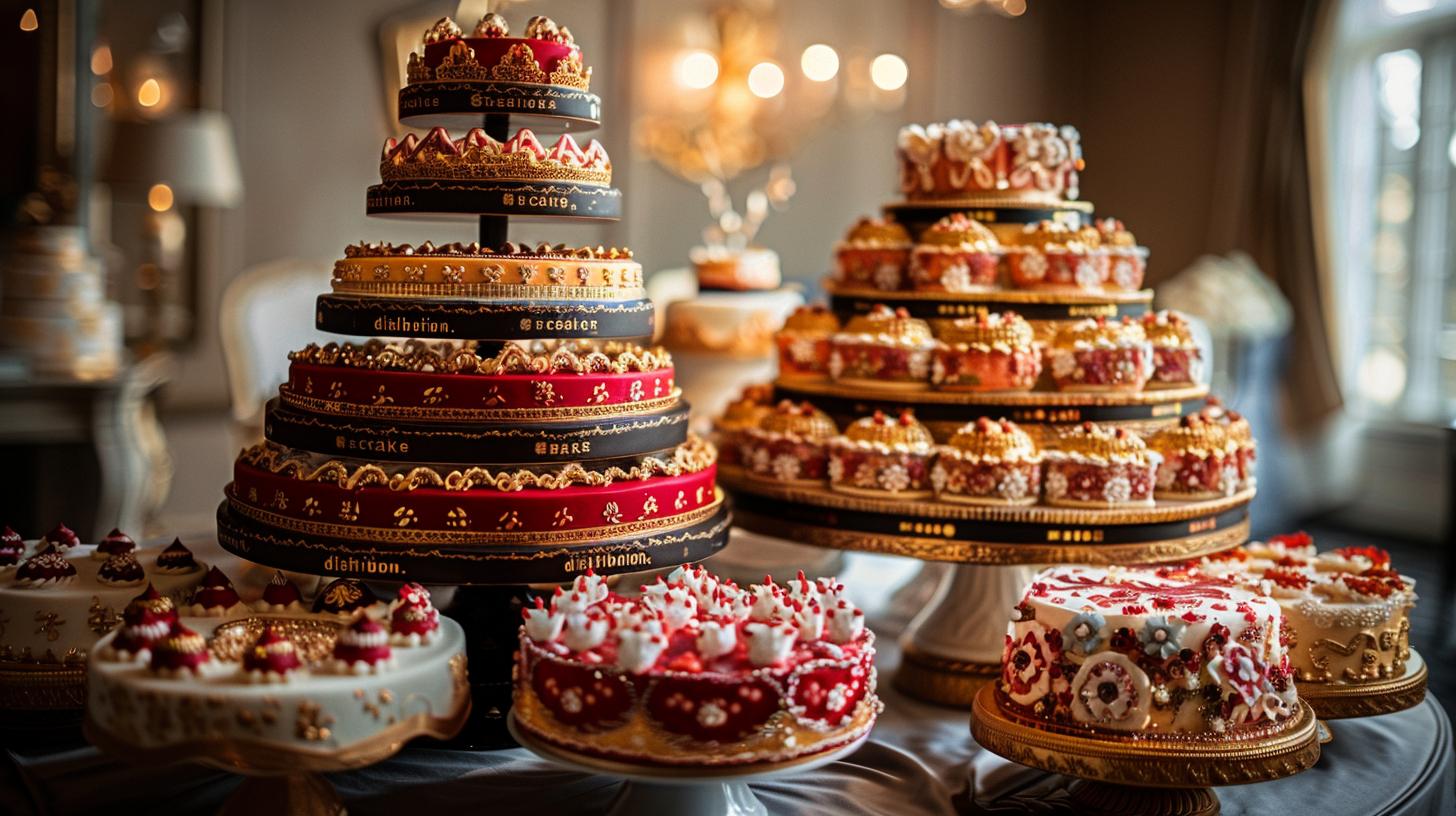Who Pays For Chinese Wedding: Traditional Customs and Modern Challenges
Chinese weddings are steeped in tradition, with the groom’s family traditionally bearing the financial responsibility. However, modern challenges and cultural differences can impact wedding planning, leading to the need for communication and compromise with both families.
The ‘lai gum’ tradition, symbolizing respect and gratitude, remains an important aspect of Chinese weddings, even in Chinese-American celebrations. Striking a balance between tradition and modern values is key to creating a meaningful and authentic wedding experience for all involved.
The Tradition of Chinese Weddings
Chinese weddings are steeped in cultural significance, with customs and traditions that have been passed down through generations. Understanding these practices is essential to appreciating the meaning behind each ritual and the role it plays in the celebration of love and family unity.
Understanding Chinese Wedding Customs
Chinese wedding customs are rich in symbolism and tradition, reflecting the values and beliefs of Chinese culture. From the tea ceremony to the exchange of vows, each ritual holds a special meaning that honors the past while celebrating the future.
Significance of Family in Chinese Weddings
Family plays a central role in Chinese weddings, with parents and elders providing guidance and blessings to the couple. The concept of filial piety is deeply ingrained in Chinese culture, emphasizing the importance of honoring and respecting one’s family in all aspects of life.
Financial Responsibilities in a Chinese Wedding
When it comes to financial responsibilities in a Chinese wedding, traditional customs dictate that the groom’s family is primarily responsible for covering the costs of the ceremony and reception. This longstanding practice reflects the importance of honoring and respecting familial ties in Chinese culture.
Who Traditionally Pays for a Chinese Wedding
In Chinese tradition, it is customary for the groom’s family to bear the financial burden of the wedding expenses. This includes the ceremonial aspects such as the tea ceremony and the reception banquet.
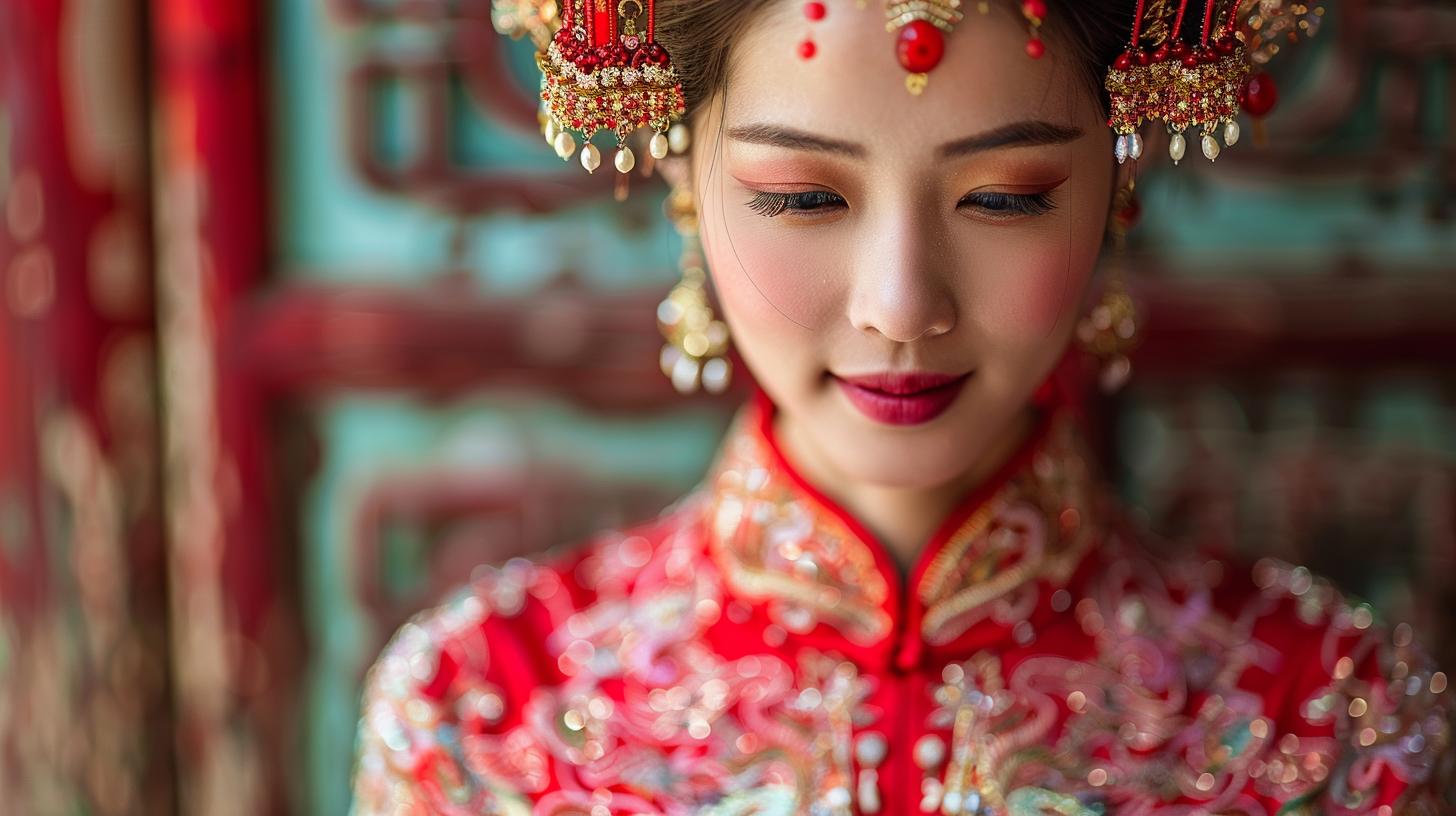
The groom’s family sees it as an opportunity to showcase their commitment and dedication to the union of the couple.
Modern Challenges in Financial Planning
However, in modern times, financial responsibilities in Chinese weddings have evolved. Couples today often opt for a more equitable distribution of costs between both families or even cover the expenses themselves.
This shift reflects changing societal norms and the desire for greater financial independence among couples.
Despite these changes, navigating financial planning for a Chinese wedding can still present challenges. Balancing traditional expectations with modern realities requires open communication and mutual understanding between the families involved.
Finding common ground on financial matters is essential for a harmonious wedding celebration.
The Lai Gum Tradition
Symbolism and Meaning of Lai Gum
The Lai Gum tradition holds deep symbolism in Chinese weddings, representing respect and gratitude towards the bride’s family. The act of presenting the ‘lai gum’ envelope signifies the groom’s acknowledgment of the bride’s upbringing and the transition of care from one family to another.
This symbolic gesture highlights the importance of familial ties and honor in Chinese culture.
Adapting the Lai Gum Tradition in Modern Contexts
- In modern Chinese-American weddings, adapting the Lai Gum tradition involves creative approaches to honor tradition while embracing contemporary values. Couples may choose to modify the traditional monetary gift by incorporating personal touches or meaningful gestures.
- Adapting the Lai Gum tradition can include alternative forms of expressing gratitude and respect, such as heartfelt speeches or symbolic gifts that convey appreciation for the bride’s family.
These adaptations allow couples to maintain the essence of the tradition while reflecting their unique relationship and shared values.
Communication and Compromise in Chinese-American Weddings
Communication plays a crucial role in navigating the cultural differences that arise in Chinese-American weddings. It is essential for both families to openly discuss their expectations, traditions, and values to ensure a harmonious celebration of the couple’s union.
Navigating Cultural Differences with Families
- Encourage open dialogue
- Respect different perspectives
- Seek mutual understanding
By engaging in respectful conversations and actively listening to each other, families can find common ground and appreciate the unique blend of traditions and customs in Chinese-American weddings.
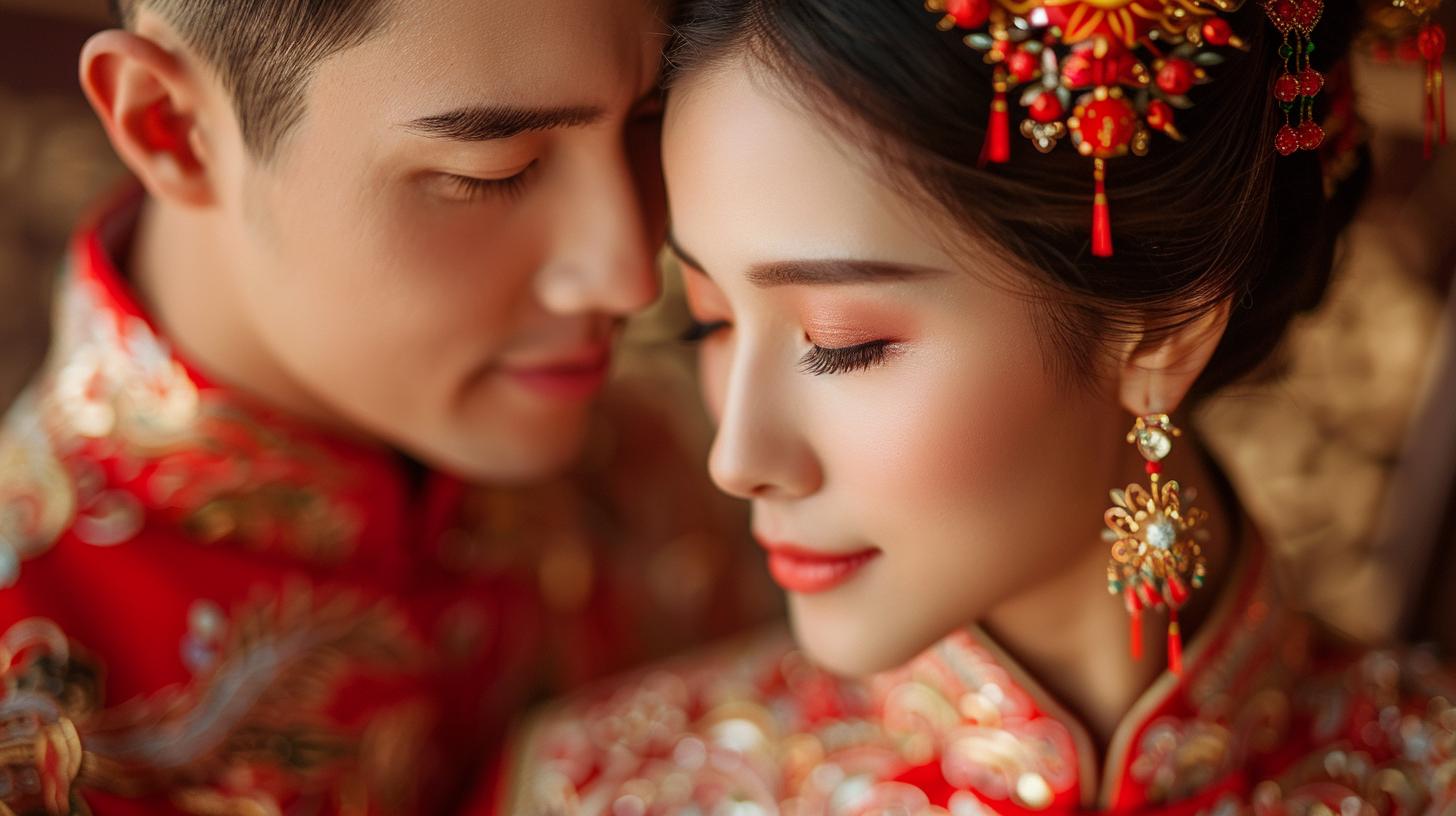
Finding Harmony in Wedding Planning
- Collaborate on decision-making
- Consider compromises
- Focus on shared values
Through compromise and collaboration, Chinese-American couples can create a wedding celebration that honors both their cultural heritage and personal values.
Finding harmony in wedding planning is crucial for a memorable and meaningful ceremony that reflects the couple’s love and respect for each other.
Balancing Tradition and Modernity in Chinese-American Weddings
Honoring Customs while Respecting Personal Values
When planning a Chinese-American wedding, couples often face the challenge of balancing traditional customs with modern values. Honoring the cultural heritage of both families while also staying true to their own personal beliefs is a delicate dance that requires open communication and compromise.
Creating a Meaningful and Authentic Wedding Celebration
To create a truly meaningful and authentic wedding celebration, Chinese-American couples must find a way to blend centuries-old traditions with contemporary sensibilities. This can involve incorporating elements of both cultures into the ceremony and reception, as well as finding unique ways to honor their families and ancestors.
.

